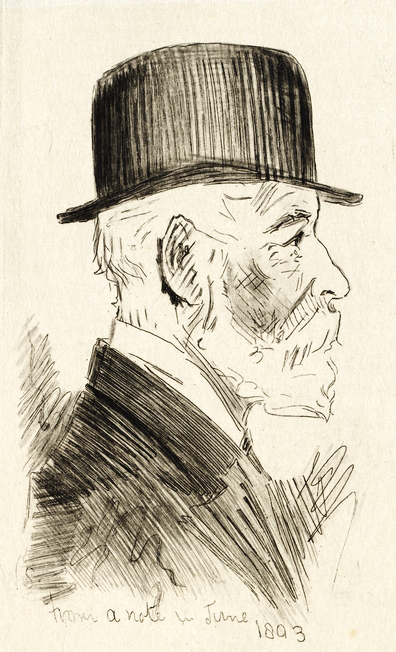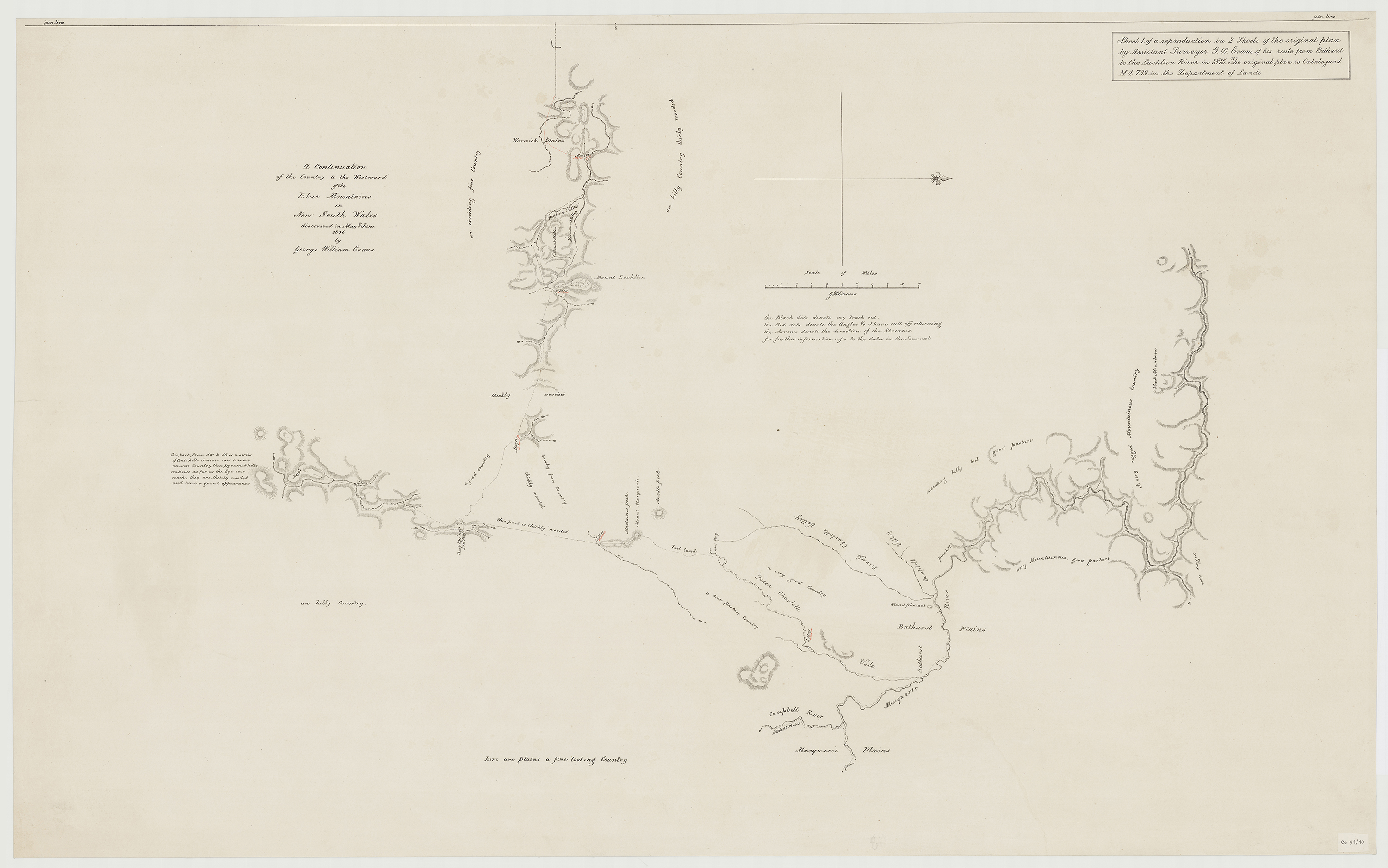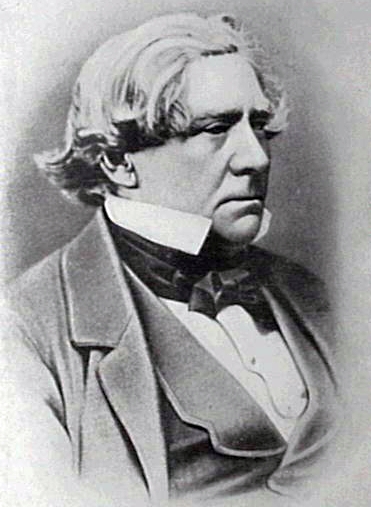|
Cox's Road And Early Deviations - Woodford, Old Bathurst Road Precinct
Cox's Road and Early Deviations - Woodford, Old Bathurst Road Precinct is a heritage-listed former colonial road and now fire trail and road located at Old Bathurst Road, Woodford in the City of Blue Mountains local government area of New South Wales, Australia. It was designed and built by William Cox from 1814, with the support of a convict road party. It is also known as 1814 Road, Old Bathurst Road, Old Western Road and Coxs Road. It was added to the New South Wales State Heritage Register on 31 July 2015. History The road from Emu Ford to Bathurst, a distance of was completed in only six months during 1814 and 1815 by a working party composed mostly of convicts. Governor Lachlan Macquarie decided to have a carriage road constructed across the Blue Mountains, to the country which had been "newly discovered" by Europeans in 1813. Cox assembled a team of thirty convicts and eight guards to build the road across the Blue Mountains. He was assisted by two Aboriginal me ... [...More Info...] [...Related Items...] OR: [Wikipedia] [Google] [Baidu] |
Woodford, New South Wales
Woodford is a village in the Blue Mountains in New South Wales, Australia, about 90 kilometres west of Sydney. Its elevation is above sea level. It is situated on the Great Western Highway and has a railway station (opened in 1868 as Buss's Platform) on the Main Western railway line served by NSW TrainLink's Blue Mountains services. At the , Woodford had a population of 1,934. History and description The site was originally known as Twenty Mile Hollow. In the 1830s an inn called The Woodman was built there. Ten years later the inn became known as the King's Arms, later popularly known as Buss's Inn after 1855. Sydney businessman Alfred Fairfax converted the building into a private home some time later and renamed it Woodford House. The railway station adopted the name Woodford in 1871. Woodford House later became a private boys' school and is now a heritage-listed building. A centenary time capsule was buried at Woodford railway station on 14 December 2002 by Chris Parr, W ... [...More Info...] [...Related Items...] OR: [Wikipedia] [Google] [Baidu] |
State Library Of New South Wales
The State Library of New South Wales, part of which is known as the Mitchell Library, is a large heritage-listed special collections, reference and research library open to the public and is one of the oldest libraries in Australia. Established in 1869 its collections date back to the Australian Subscription Library established in the colony of New South Wales (now a States and territories of Australia, state of Australia) in 1826. The library is located on the corner of Macquarie Street, Sydney, Macquarie Street and Memorials to William Shakespeare#Australia, Shakespeare Place, in the Sydney central business district adjacent to the The Domain, Sydney, Domain and the Royal Botanic Gardens, Sydney, Royal Botanic Gardens, in the City of Sydney. The library is a member of the National and State Libraries Australia (NSLA) consortium. The State Library of New South Wales building was designed by Walter Liberty Vernon, assisted by H. C. L. Anderson and was built from 1905 to 1910, ... [...More Info...] [...Related Items...] OR: [Wikipedia] [Google] [Baidu] |
Sydney
Sydney ( ) is the capital city of the state of New South Wales, and the most populous city in both Australia and Oceania. Located on Australia's east coast, the metropolis surrounds Sydney Harbour and extends about towards the Blue Mountains to the west, Hawkesbury to the north, the Royal National Park to the south and Macarthur to the south-west. Sydney is made up of 658 suburbs, spread across 33 local government areas. Residents of the city are known as "Sydneysiders". The 2021 census recorded the population of Greater Sydney as 5,231,150, meaning the city is home to approximately 66% of the state's population. Estimated resident population, 30 June 2017. Nicknames of the city include the 'Emerald City' and the 'Harbour City'. Aboriginal Australians have inhabited the Greater Sydney region for at least 30,000 years, and Aboriginal engravings and cultural sites are common throughout Greater Sydney. The traditional custodians of the land on which modern Sydney stands are ... [...More Info...] [...Related Items...] OR: [Wikipedia] [Google] [Baidu] |
George Evans (explorer)
George William Evans (5 January 1780 – 16 October 1852) was a surveyor and early explorer in the Colony of New South Wales. Evans was born in Warwick, England, migrating to Australia in October 1802. Early career In 1803, Evans was appointed acting Surveyor General of New South Wales whilst Charles Grimes was on leave in England. In 1804, Evans explored the Warragamba River and upstream to the present site of the Warragamba Dam. Later removed from the position by Governor Philip Gidley King he was posted to the position of Assistant Surveyor by Lieutenant-Governor William Paterson. Evans surveyed the shores of Jervis Bay and inland to Appin leading the way to the settlement of the Illawarra region. Probably because of his success it was Governor Lachlan Macquarie who instructed him to ''find a passage to the west''. Exploration of the inland Confirmatory Blue Mountains expedition, 1813 On 13 November 1813 Governor Lachlan Macquarie sent Evans across the Blue Mountains into ... [...More Info...] [...Related Items...] OR: [Wikipedia] [Google] [Baidu] |
William Wentworth
William Charles Wentworth (August 179020 March 1872) was an Australian pastoralist, explorer, newspaper editor, lawyer, politician and author, who became one of the wealthiest and most powerful figures of early colonial New South Wales. Through his newspaper ''The Australian'', and as a founder of the Australian Patriotic Association, Wentworth was among the first colonists to promote a nascent form of Australian nationalism. He was also the leading advocate for a political system of self-government in the Australian colonies that was controlled by affluent land-owning squatters, derided by his critics as the "bunyip aristocracy". Birth William Charles Wentworth was born on the vessel HMS ''Surprize'' off the coast of the penal settlement of Norfolk Island in August 1790 to D'Arcy Wentworth and Catherine Crowley. Catherine was a convict while his father, D'Arcy, was a member of the aristocratic Anglo-Irish Wentworth family, who had avoided prosecution for highway robbery by ac ... [...More Info...] [...Related Items...] OR: [Wikipedia] [Google] [Baidu] |
William Lawson (explorer)
William Lawson, (2 June 1774 – 16 June 1850) was a British soldier, explorer, land owner, grazier and politician who migrated to Sydney, New South Wales in 1800. Along with Gregory Blaxland and William Wentworth, he pioneered the 1813 crossing of the Blue Mountains, first successful crossing of the Blue Mountains, New South Wales, Blue Mountains by British colonists. Early life Lawson was born in Finchley, Middlesex, England to John Lawson and his second wife Hannah Summers. His father owned a successful chandler (occupation), chandler business and was a descendant of the aristocratic Richard Lawson of High Riggs, Scottish Lawson family of Cairnmuir House in the Pentland Hills. Lawson was educated in London and trained as a surveyor. He decided to join the British Army and purchased a commission in the New South Wales Corps as an ensign (rank), ensign for £300 in 1799. He received orders to transfer to Sydney, arriving there in November 1800. Officer in the 'Rum Corps' No ... [...More Info...] [...Related Items...] OR: [Wikipedia] [Google] [Baidu] |
Gregory Blaxland
Gregory Blaxland (17 June 1778 – 1 January 1853) was an English pioneer farmer and explorer in Australia, noted especially for initiating and co-leading the first successful crossing of the Blue Mountains by European settlers. Early life Gregory Blaxland was born 17 June 1778 at Fordwich, Kent, England, the fourth son of John Blaxland, mayor from 1767 to 1774, whose family had owned estates nearby for generations, and Mary, daughter of Captain Parker, R.N. Gregory attended The King's School, Canterbury. In July 1799 in the church of St George the Martyr there, he married 20-year-old Elizabeth, daughter of John Spurdon; they had five sons and two daughters. The Blaxlands were friends of Sir Joseph Banks who appears to have strongly influenced the decision of Gregory and his eldest brother, John, to emigrate to Australia. The government promised them land, convict servants and free passages, in accord with its policy of encouraging 'settlers of responsibility and capital'. ... [...More Info...] [...Related Items...] OR: [Wikipedia] [Google] [Baidu] |
1954 - Cox's Road And Early Deviations - Woodford, Old Bathurst Road Precinct - SHR Plan 2640
Events January * January 1 – The Soviet Union ceases to demand war reparations from West Germany. * January 3 – The Italian broadcaster RAI officially begins transmitting. * January 7 – Georgetown-IBM experiment: The first public demonstration of a machine translation system is held in New York, at the head office of IBM. * January 10 – BOAC Flight 781, a de Havilland Comet jet plane, disintegrates in mid-air due to metal fatigue, and crashes in the Mediterranean near Elba; all 35 people on board are killed. * January 12 – 1954 Blons avalanches, Avalanches in Austria kill more than 200. * January 15 – Mau Mau rebellion, Mau Mau leader Waruhiu Itote is captured in Kenya. * January 17 – In Socialist Federal Republic of Yugoslavia, Yugoslavia, Milovan Đilas, one of the leading members of the League of Communists of Yugoslavia, is relieved of his duties. * January 20 – The US-based National Negro Network is established, with 46 m ... [...More Info...] [...Related Items...] OR: [Wikipedia] [Google] [Baidu] |
Dog-leg (stairs)
A dog-leg is a configuration of stairs between two floors of a building, often a domestic building, in which a flight of stairs ascends to a quarter-landing before turning at a right angle and continuing upwards. The flights do not have to be equal, and frequently are not. Structurally, the flights of a dog-leg stair are usually supported by the quarter-landing, which spans the adjoining flank walls. From the design point of view, the main advantages of a dog-leg stair are: * To allow an arrangement that occupies a shorter, though wider, floor area than a straight flight, and so is more compact. Even though the landings consume total floor space, there is no large single dimension. * The upper floor is not directly visible from the bottom of the stairs, thereby providing more privacy. References {{Reflist, refs= {{Cite book , last = Hartwell , first = Clare , last2 = Pevsner , first2 = Nikolaus , author2-link = Nikolaus Pevsner , title = Lancashire: North , pub ... [...More Info...] [...Related Items...] OR: [Wikipedia] [Google] [Baidu] |
Retaining Wall
Retaining walls are relatively rigid walls used for supporting soil laterally so that it can be retained at different levels on the two sides. Retaining walls are structures designed to restrain soil to a slope that it would not naturally keep to (typically a steep, near-vertical or vertical slope). They are used to bound soils between two different elevations often in areas of terrain possessing undesirable slopes or in areas where the landscape needs to be shaped severely and engineered for more specific purposes like hillside farming or roadway overpasses. A retaining wall that retains soil on the backside and water on the frontside is called a seawall or a bulkhead. Definition A wall for holding in place a mass of earth or the like, as at the edge of a terrace or excavation. A retaining wall is a structure designed and constructed to resist the lateral pressure of soil, when there is a desired change in ground elevation that exceeds the angle of repose of the soil. A basement ... [...More Info...] [...Related Items...] OR: [Wikipedia] [Google] [Baidu] |
Sandstone
Sandstone is a clastic sedimentary rock composed mainly of sand-sized (0.0625 to 2 mm) silicate grains. Sandstones comprise about 20–25% of all sedimentary rocks. Most sandstone is composed of quartz or feldspar (both silicates) because they are the most resistant minerals to weathering processes at the Earth's surface. Like uncemented sand, sandstone may be any color due to impurities within the minerals, but the most common colors are tan, brown, yellow, red, grey, pink, white, and black. Since sandstone beds often form highly visible cliffs and other topographic features, certain colors of sandstone have been strongly identified with certain regions. Rock formations that are primarily composed of sandstone usually allow the percolation of water and other fluids and are porous enough to store large quantities, making them valuable aquifers and petroleum reservoirs. Quartz-bearing sandstone can be changed into quartzite through metamorphism, usually related to ... [...More Info...] [...Related Items...] OR: [Wikipedia] [Google] [Baidu] |
Springwood, New South Wales
Springwood is a town in the Blue Mountains, New South Wales, Australia. Springwood is located 72 kilometres west of the Sydney CBD in the local government area of the City of Blue Mountains. At the , Springwood had a population of 8,475 people. Springwood is near the Blue Mountains National Park and the Greater Blue Mountains Area World Heritage Site. It is 371 metres above sea level and, like most of the towns in the vicinity, is located on a narrow ridge between two gorges. Winmalee is to the north. Springwood railway station sits between Valley Heights and Faulconbridge on the Blue Mountains railway line. History The Springwood area was first occupied by the Oryang-Ora Aboriginal people belonging to the wider Darug Aboriginal tribe of the wider Sydney region. They settled the area about 40,000 years ago, with many rock carvings and art sites in the area. At the time of settlement the chief of the clan was Oryang Jack who was drawn by French artist Pellier. "Oryang-Ora" wa ... [...More Info...] [...Related Items...] OR: [Wikipedia] [Google] [Baidu] |








Saunders_Quarry-1.jpg)
